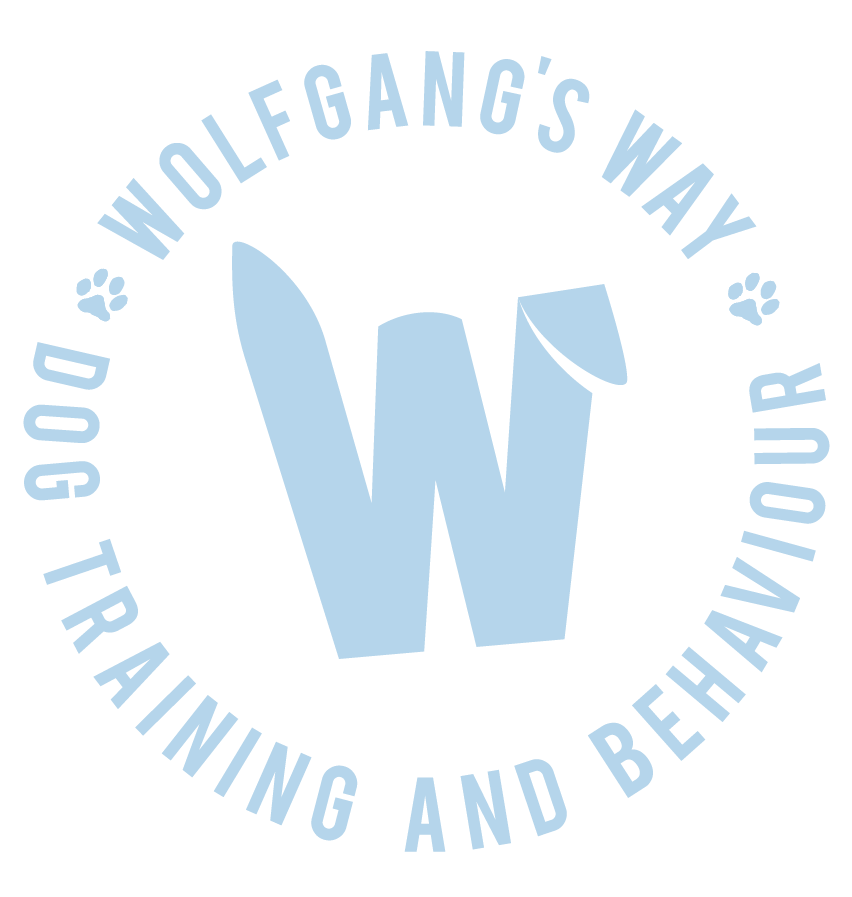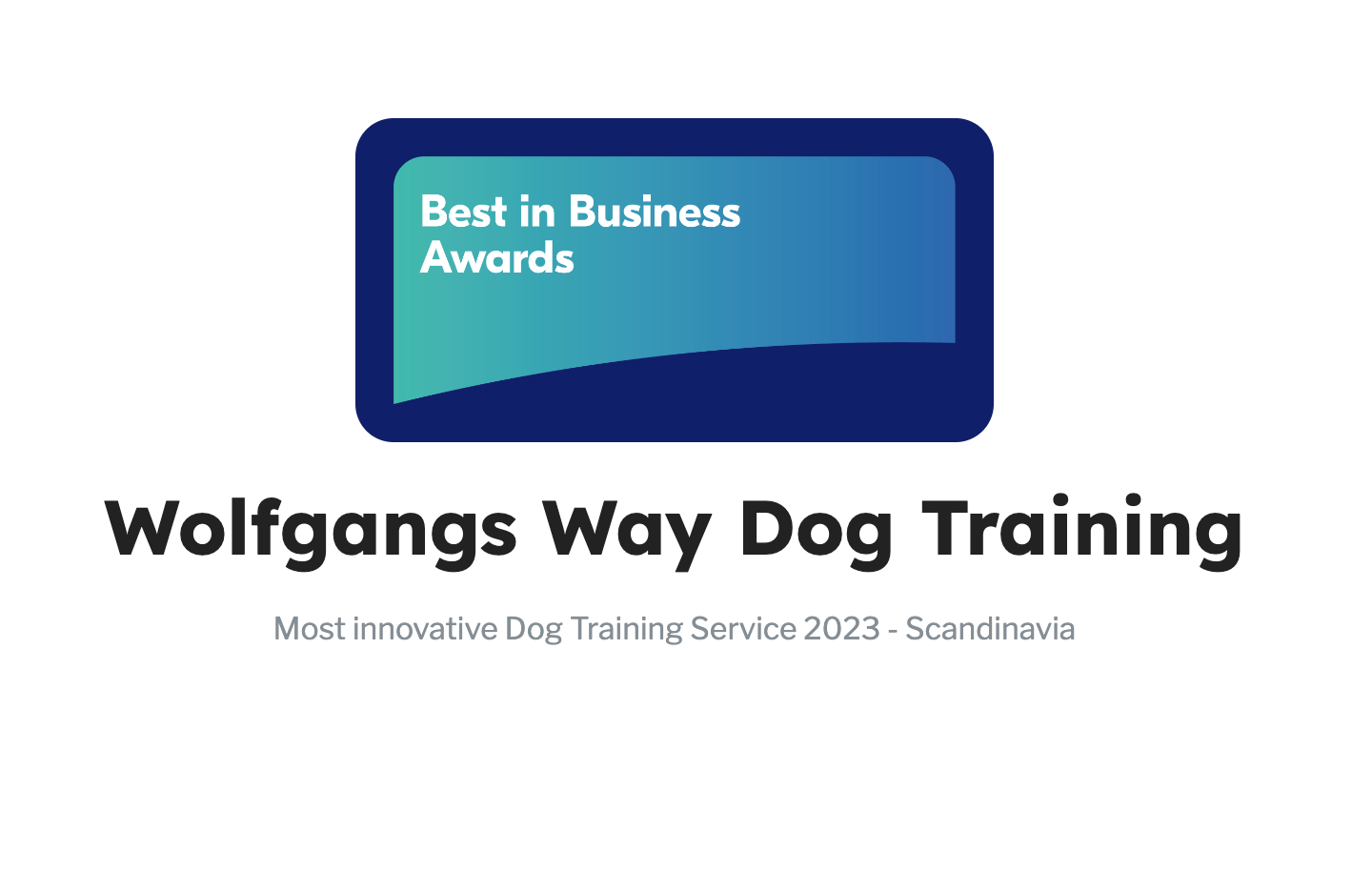The most likely explanation might just be that you were much more careful about leaving your puppy alone in the car, than about leaving them at home.
You’ve probably started with quickly getting petrol, while your pup waited for you in the car. With you in view, just a few moments, all felt safe for your little friend. Then a quick dash into a shop here and there, leaving it a little longer every time.
So they’ve gradually got used to being in the car on their own. And there have never been any scary absences.
It’s a predictable and therefore a safe routine for them.
And here’s the great news; if your dog got used to being alone in the car via using the method of gradual exposure, the same method we are using to get them to be ok with being home alone, they can also learn just that 💪❤️🐕











